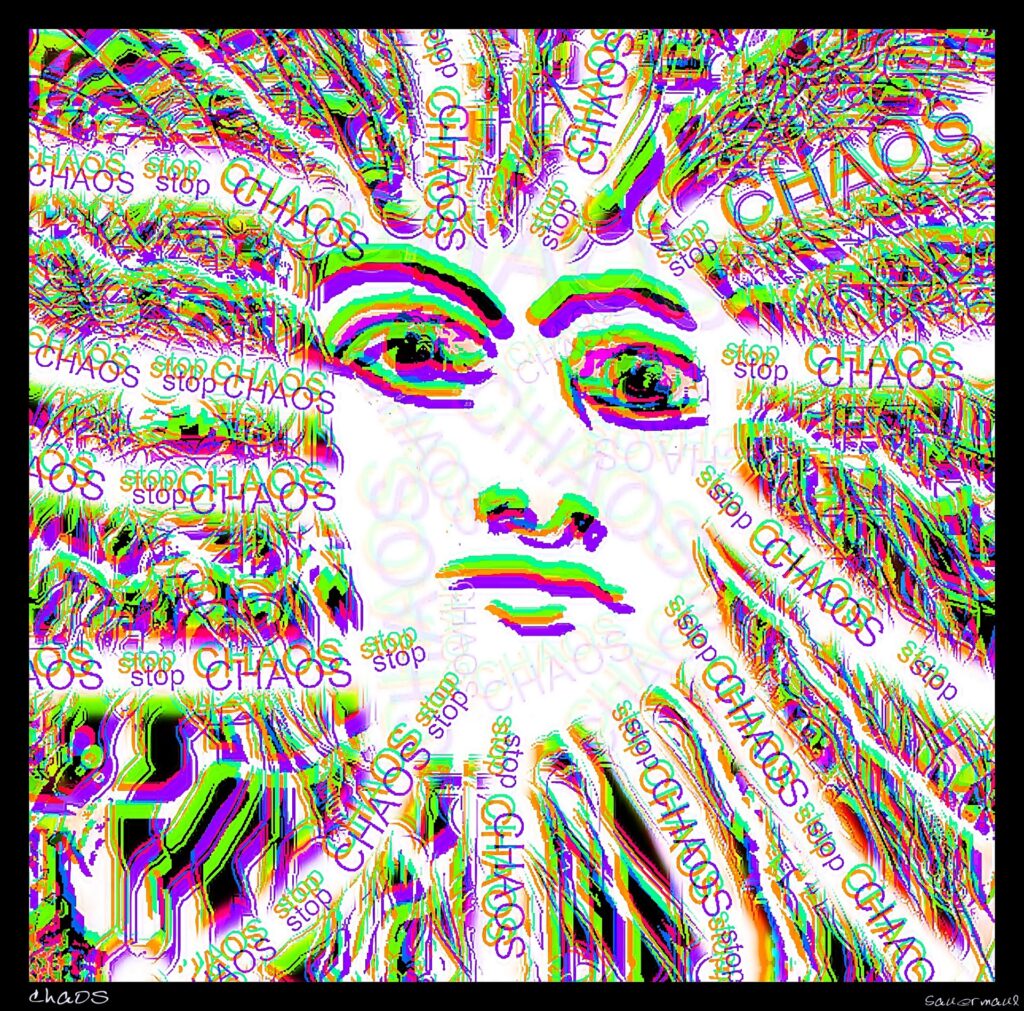One of my mentors often quotes Einstein when lecturing about story structure. Einstein said, “You can never solve a problem on the level on which it was created.” We writers must then move beyond creating arbitrary lists and traits of characters and allow our subconscious to experience the character: be curious and inquire.
We strive to put authentic characters on the page that live and breathe and through which the reader can experience the world, make connections, and create meaning. The writer’s authentic self must appear on the page with each character, each plot point, and each theme explored. We must allow ourselves to be vulnerable, battle inner demons, navigate obstacles, walk between shame and guilt, and above all be willing to do so without judgment (of ourselves). Only then, I would argue, can we connect in a meaningful way, not only with our authentic selves and our work but with the reader.
In our first draft, we explore the nature of our protagonist’s desire. The challenge for the writer is to engage with her interiority and trust that what seems to be random in stream-of-consciousness writing emerges for a reason. The writer may not understand it while she’s channeling it, but her subconscious can make connections her conscious mind may not fully comprehend. Stephen Koch in the Modern Library Writer’s Workshop gives us rules for writing a first draft he writes: “Do it,” “Do it quickly.” and most importantly, “If you don’t have time […] make time.”

By writing your first draft as fast as possible, you stay connected to the aliveness of your subconscious and your inspiration. Trusting this process requires unplugging that inner editor to stay connected to your inner self. In Writing Without Teachers Peter Elbow suggests:
“[…] the stream-of-consciousness diary entries, though they look on the surface like more of a mess, are really closer to strong coherence than the more carefully written sentences. The focus is on production not editing. You cannot edit at the same time as you produce. You must not burden yourself with trying to find the right words and also worry at the same time whether they are the right words.”
Allowing chaos into our writing feels disorienting. A non-binary approach to writing is a battle many of us are uncomfortable engaging in, but I argue it’s a necessary one if we want to grow and evolve as writers. Only through frequent practice and allowing our imagination and words on the page to live and evolve will we eventually gain more clarity and authenticity in our writing.
